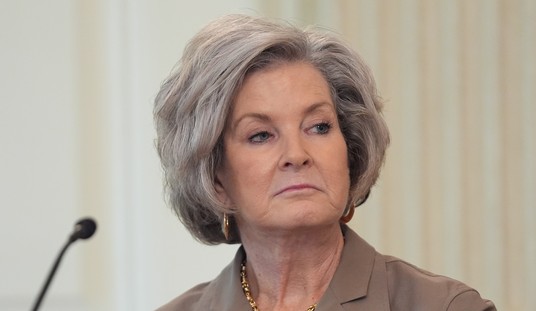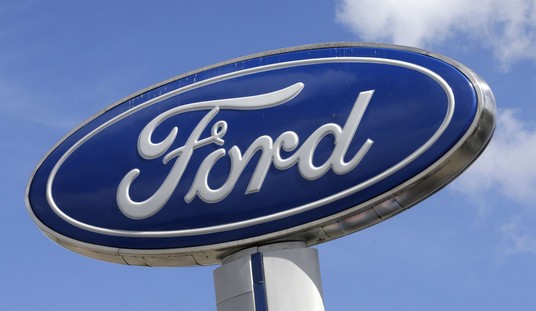Others so far in this series: Massachusetts.
Minnesota has its caucuses on March 1. This is an overview of how the state works and the race looks.
Polling
Only one recent poll has come out of Minnesota
Trump 18; Rubio 23; Carson 11; Cruz 21; Bush 7; Kasich 2.
The poll dates from January 20 and does not reflect Carson’s cratering or Bush’s withdrawal from the race. What is notable is that this is one of the few states where Trump trails outside the margin of error.
Delegate allocation
Minnesota has a caucus system that allocates delegates on a “winner take most” basis. That is, the winner of the caucus vote will get the most delegates.
The state has 38 delegates. 11 of those are awarded at-large. 24 are awarded based on winning congressional districts. 3 are considered “bound.” If any candidate wins more than 85% of the vote, the voting method becomes winner take all. The method of allocating the fourteen at-large/bound candidates is convoluted.
Earlier this year a website provided this explainer:
Both at-large and automatic delegates — 14 delegates in total — will be proportionally allocated to candidates with a vote share above the 10% mark. Based on the last poll conducted on the race in Minnesota (PPP’s July poll), the statewide allocation would look something like this3:
- Walker (19%) — 4.22 delegates
- Trump (18%) — 4.0 delegates
- Bush (15%) — 3.33 delegates
- Carson (11%) — 2.44 delegates
- Cruz (7%) — 0 delegates
- Huckabee (6%) — 0 delegates
- Rubio (5%) — 0 delegates
- Paul (5%) — 0 delegates
- Christie (4%) — 0 delegates
- Fiorina (3%) — 0 delegates
- Kasich (3%) — 0 delegates
- Jindal (1%) — 0 delegates
This actually ends up nicely capturing how rounding would work under the Minnesota rules. First, the allocation is done in descending order according to how the candidates finish. Fractional delegates of .5 or greater would be rounded up. The combination of a sequential allocation and rounding is one of the potential hidden advantages in these rules across states.
In the above example, no one has a remainder greater than .5, so no one rounds up. That means Walker ends up with 4 delegates, Trump 4, Bush 3 and Carson 2. That is a total of 13 delegates, leaving one delegate out of the original 14 unallocated. In some states, that unallocated delegate is awarded to the top finisher. In still others, the candidate with the largest remainder is given that last delegate. Minnesota falls in latter category. Carson, with a remainder of .44, would gain that final delegate, pushing his total up to 3.
Carson gains in that instance, but if those in front of him had had larger remainders or fractional delegates above .5, Carson would have been at a disadvantage by virtue of being the last over the threshold (and thus last in the sequence to be allocated delegates). Those toward the end of the sequence have the potential of being squeezed out of delegates dependent upon how qualified candidates with higher vote shares statewide round.
Being good governance Minnesota, the allocation by congressional districts in also not straight forward.
Minnesota has 8 CDs, three delegates are possible in each CD for a total of 24.
You have to break 10% to be eligible for a delegate but only the top three finishers, if there are more than three finishers above 10%, will get a delegate. It is possible for one candidate to receive two votes in a CD even though there are three or more candidates breaking the 10% threshold. If you win more than half the votes cast for the candidates who clear 10% you get two delegates. The second place vote getter gets one.
And we have this about the three “bound” delegates
Binding
Delegates from Minnesota under these rules are bound to their candidates through the first ballot at the national convention. If a candidate with delegates from Minnesota withdraws from the race, then those delegates would attend the national convention unbound. Interestingly, should a withdrawn candidate return to the race, those delegates would return to that candidate.
Singificant Endorsements
Rubio– Tim Pawlenty. I’m assuming this is good inside of Minnesota but it is hard to see how “come out and win one for Pawlenty” elicits enthusiasm.
Prediction
Based on the one relevant poll, what is happening elsewhere, and a skimming of Minnesota papers, I think the safe bet — and I’m all about safe bets — is to say that Kasich and Carson finish below the 10% threshold and get zero delegates. The order of finishing will be Trump at `~32%, Rubio at ~30%, and Cruz at ~28%. My estimate on delegates is Trump 14, Rubio 12, and Cruz 12. I stand ready to be beclowned by this prediction.













Join the conversation as a VIP Member